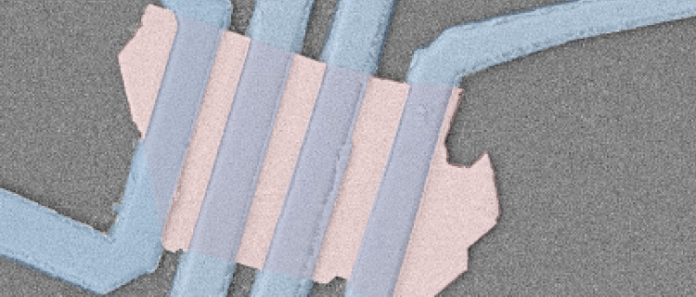The special properties of ‘topological materials’ typically occur at their surface. These materials, for instance, insulators that do lead current at their surface, are expected to assume a noteworthy job in future quantum computers.
Scientists at the University of Twente, in collaboration with the University of Amsterdam, have demonstrated a new property: the non-superconducting material bismuth shows lossless current conduction.
It doesn’t just occur at the surface but in the inside, the bulk, of the material as well.
During this study, scientists demonstrated that the transport and spin of electrons are related in a topological material. Due to this property, a non-superconducting material will even be able to conduct current without resistance.
Majorana ‘quasi-particles’ assume a noteworthy job in this. What makes it significantly more extraordinary: this isn’t a property that must be seen at the surface. Estimations demonstrate that superconduction likewise happens inside the material, in the ‘bulk’. This is exceptionally fascinating, as it makes the properties less vulnerable, for instance, noise or pollution.
The material that is utilized for this, bismuth with a little antimony, continues to be astonishing. Throughout the years, it has transformed into a ‘model material’ for electronic properties. In bismuth, the number of electrons accessible for conduction is low to the point that it can barely be known as a metal. Be that as it may, the electrons in this ‘semimetal’ do move like particles at the speed of light.
For future gadgets and quantum computing, 2D materials like graphene appear as candidates. The newfound property demonstrates this doesn’t need to be a limiting factor: 3D building blocks may be conceivable too, much the same as in current-day silicon-based electronic gadgets.
The co-authors of the study include Chuan Li, Jorrit de Boer, Bob de Ronde, Shyama Ramankutty, Erik van Heumen, Yingkai Huang, Anne de Visser, Alexander Golubov, Mark Golden and Alexander Brinkman.
The study is published in the journal Nature Materials.
